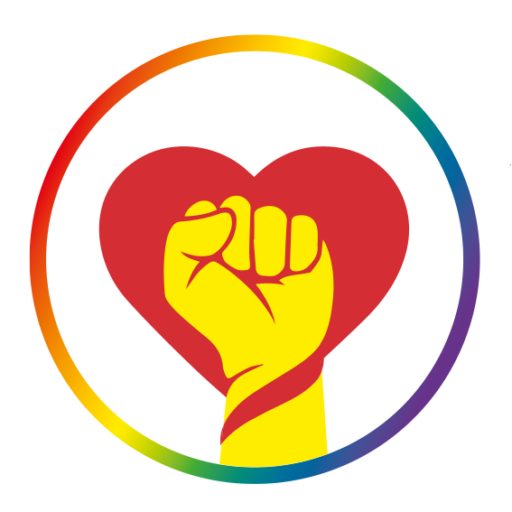Status-Quo Bias
The Status-Quo Bias reveals the tendency to people’s preference for inaction when given the choice. Status quo bias is also powerful because, as the number of alternatives to choose among increases, inertia grows as well: The more options that are presented to us, the more likely we are not to choose anything, or to stick with whatever we were doing before.
The second factor motivating status quo bias is loss aversion, the fear of losing what you already have. This is close to the « existence bias », the innate preference for whatever already exists.
What this means for SOGI campaigns:
This bias is obviously used to the maximum by opponents of social change. Social change agents will find it difficult to use this bias to their advantage so efforts have to go into its mitigation.
Several tactics have been tried out to this end:
- Denying the fact that there will actually be change
These campaigns try to minimize the importance or the impact of change. They focus for example on the argument that sexual and gender minorities have always existed. A good example is the South African “Let’s Face It” campaign
- Promote the positive aspects of change
These campaigns focus on progress towards a “better world”. They have to carefully navigate around not seeming to reject all of the past, which might alienate too many people. Watch this video from the Irish Referendum campaign and pay attention to how it achieved this tricky balance
- Reassure your target audience that the change will not affect them
These campaigns play a lot on the notion of Equality, like the “Leave no one behind” campaign. The tricky thing here is that it denies the importance or significance of the change. In a lot of cases, trying to deny what is obviously important might result in increased resistance. It has been argued that the landslide resistance to marriage equality in France in 2012 was in parts fuelled by the LGBT movement’s attempt to pretend it wouldn’t be a big deal.
- Make the case for the inevitability of change
These campaigns also play on the value of modernity but don’t necessarily foreshadow progress for all. The approach is much more centred on modernity vs. “old fashion”, young vs. old. These campaigns are of course likely to widen the divide between opposed sides on the issue of sexual and gender diversities.
